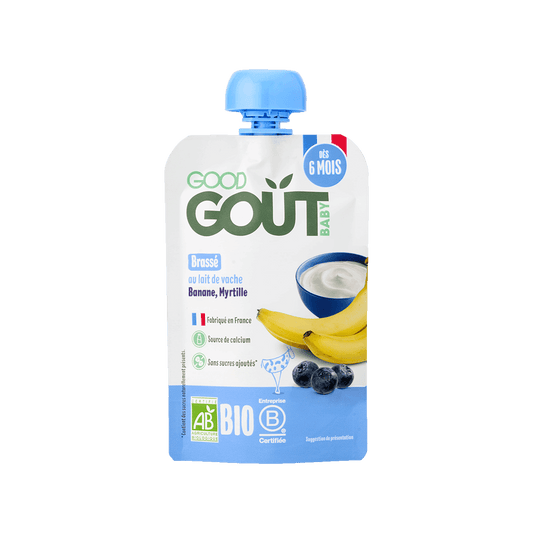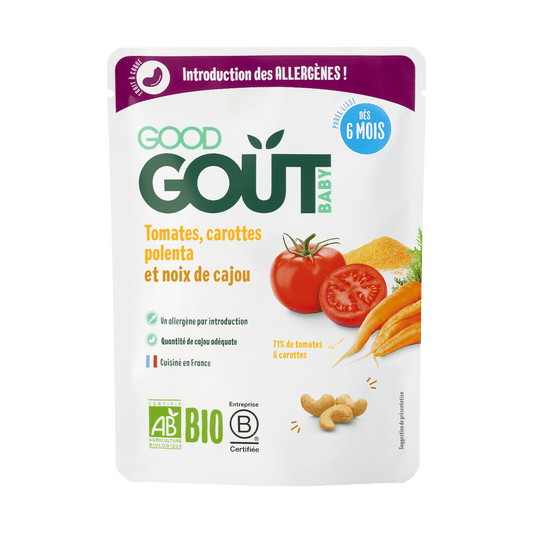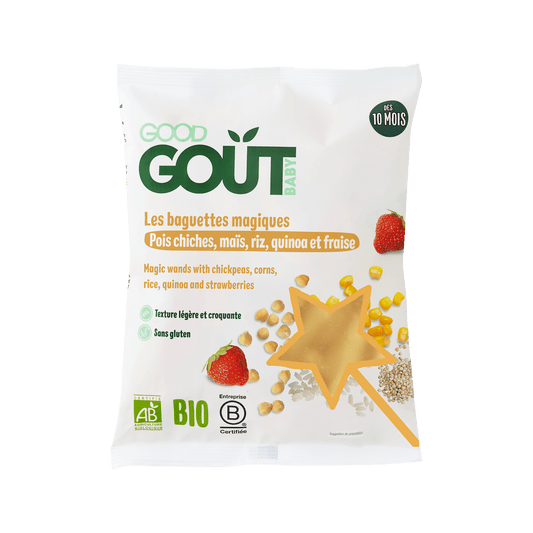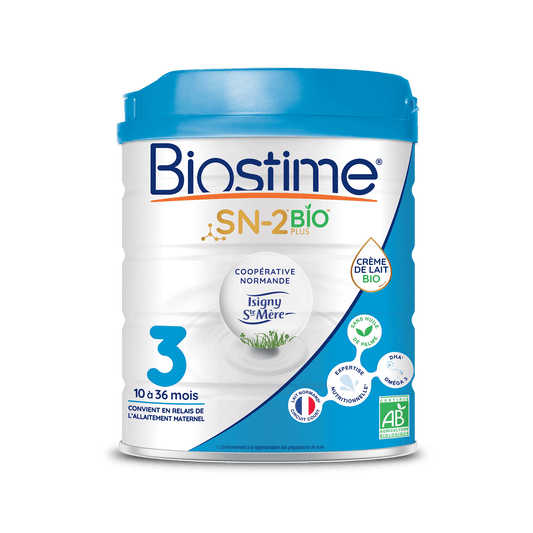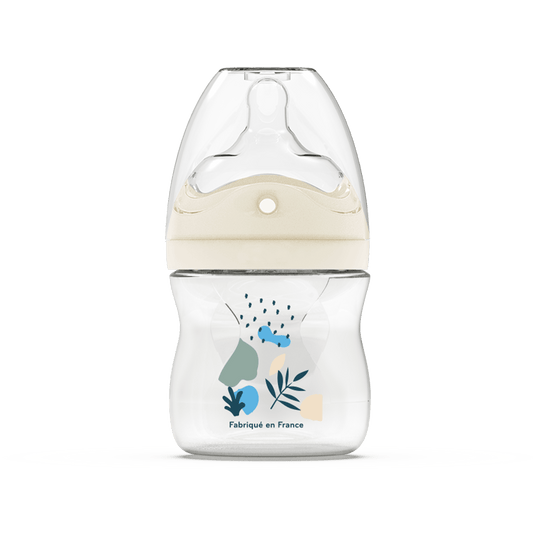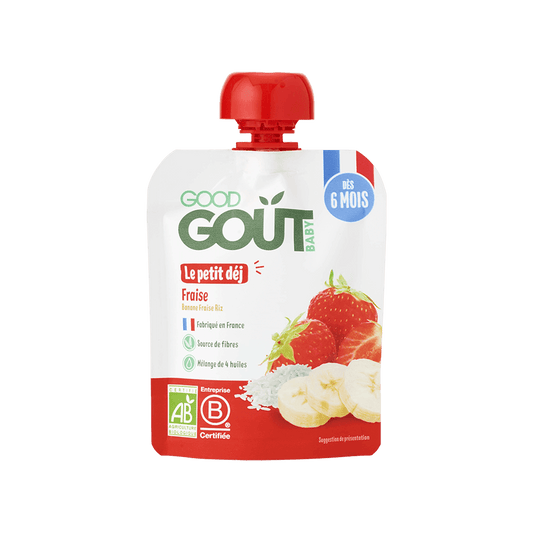Sorting can be taught to children and adults alike. Here are some tips to help them get the message across from a young age.
Mom, what is garbage?
Before you get all tangled up and start throwing yourself into a nonsensical theory about recycling, start at the beginning: take the time to explain to your children what waste is . In fact, it's simple: it's everything we throw in the trash every day. But don't hesitate to involve them by asking them what they throw in the trash at home, at school, or even on the street. They will then realize that we produce a multitude of waste every day.
The big waste table
Before moving on to recycling, ask your children to classify the waste as a family , using a table for example.
- Carrot peelings? In the green waste bin.
- Their alarm clock batteries? In the hazardous waste bin.
- Their favorite packet of cookies? It goes in the box, and so on...
This will give them an overview (and begin to understand the scale of the task!). Among all the waste thrown away every day, some is recyclable and some is not. By sorting our waste, we will be able to give some of it a second life . Because if everything is mixed up, we recover nothing!
How to help your children sort their waste?
On paper, sorting is simple and each piece of waste fits into a box. But in real life, especially for little ones, it's sometimes more complicated! To help them sort without making a mistake, don't hesitate to set up a sorting corner at home : colored bins, baskets or bags (for cardboard and paper packaging) with posters that represent (in photos, it's more clear) the waste to be placed there. Use images of products they know, it will be even more effective!
Make sorting a reflex for the little ones
As is often the case with children, sorting goes hand in hand with teaching ! Luckily, these days, sorting instructions are included on most packaging. Take the time to show them these pictograms so they can refer to them if in doubt. Also explain to them that after their time in the household bins, their waste will continue its adventures elsewhere: it will be treated and then transformed as if by magic.
When sorting transforms life
While the environmental dimension can be difficult for younger children to grasp (issues related to incineration, landfilling, shortage of natural resources, etc.), transforming waste into a new object is something that will definitely speak to them. Your best ally is concrete examples :
- a diary made from rubber thrown into a trash can,
- a can made from steel destined to be thrown away
- your garden furniture designed in aluminum
- their cereal box made from recycled newspaper…
You'll be spoiled for choice!
MEMO. The right actions to reduce waste and protect the planet:
- exchange games with friends or give them away
- repair your bike
- choose a snack with recyclable packaging
- print on both sides
- draw on the back of sheets already used on the front
- use rechargeable batteries for electronic games

